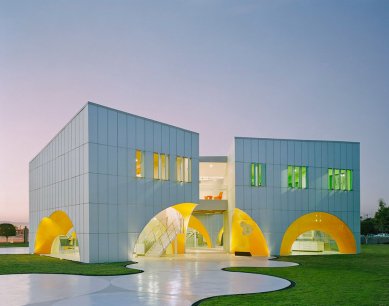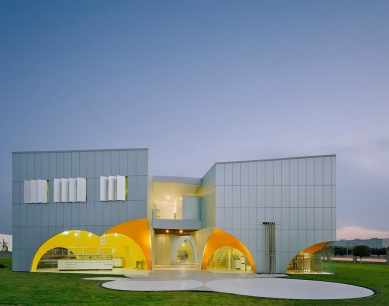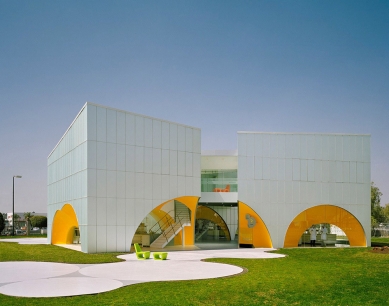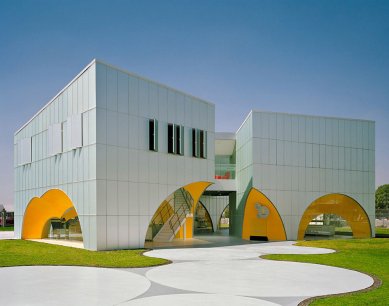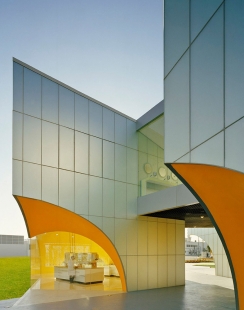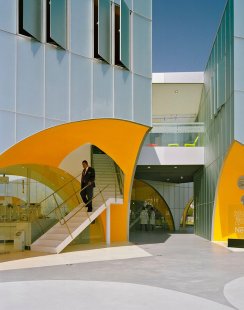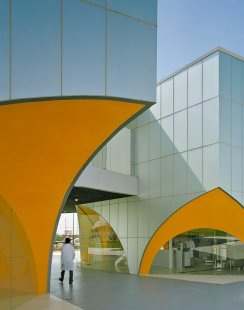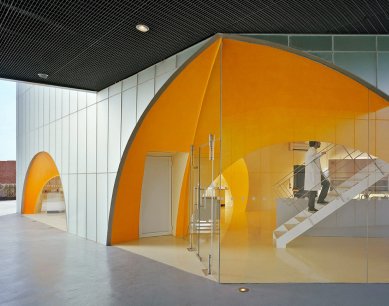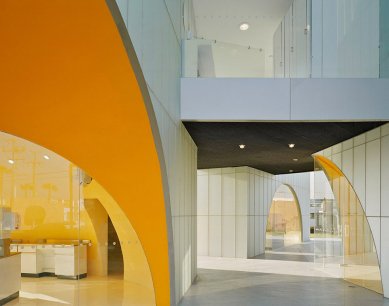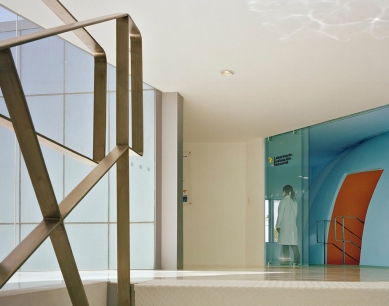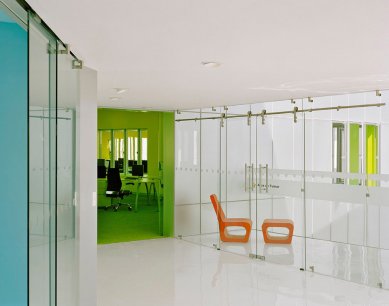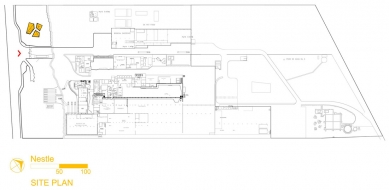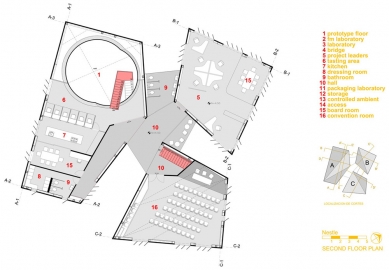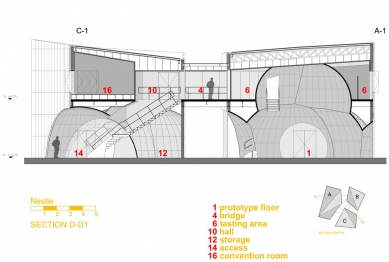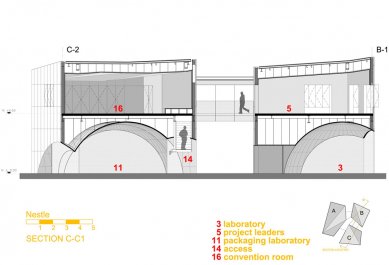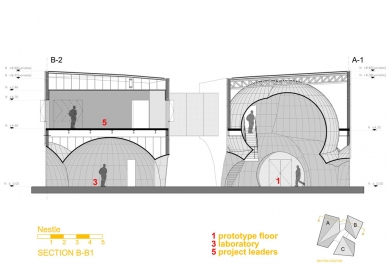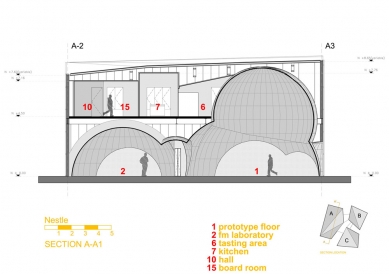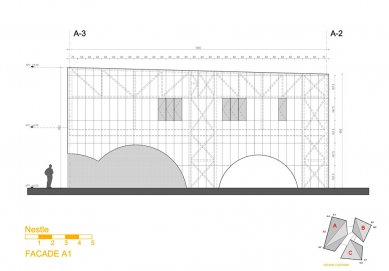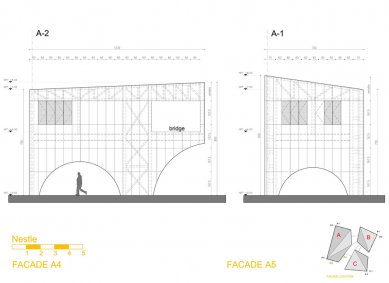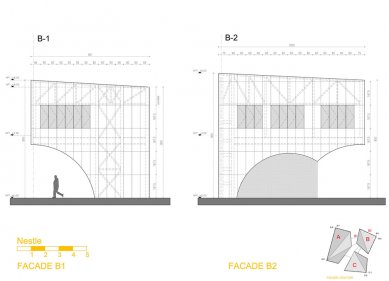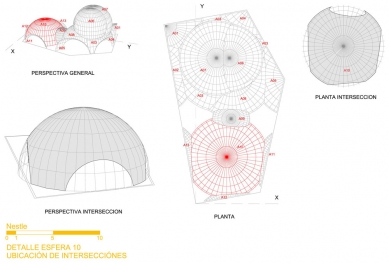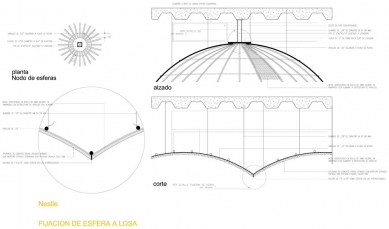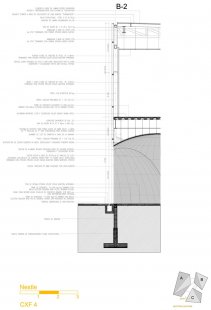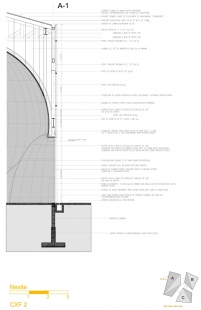
Nestlé Application Group Querétaro

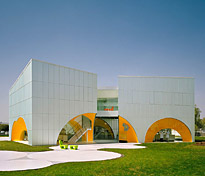 |
To re-imagine industrial building was one of architecture’s principal tasks and a way to pay back a debt for the help that industrial building gave architecture, to get rid of the formal and stylistic burden of two centuries of rhetorical academicism and empty eclecticism. Re-imagining was understood as the invention of a new image between an operative logic and a mediatic logo.
The work that Rojkind arquitectos has completed for another pair of Nestlé factories can be signed on this streak. Starting from the hallway to its chocolate factory located on the outsides of Toluca, near Mexico City: a structure made out of faceted planes attached to the existent factory that works as a Museum that still has Phase 2 to develop. The second assignment, on the industrial zone of Querétaro, a Laboratory building whose main objectives are: To be the open innovation example for Nestlé and the rig driver for Nestlé Mexico through continuous consumer, client and business relevant innovation for flexible manufacturing, to be the packaging competence centre and innovation drive for Nestle Mexico, and to operate as a satellite to PTC Marsyville to become the centre of competence in liquid beverages in Latin America.
In addition to the relation with existing industrial structures, this new commission involved an extra challenge. In 1996 UNESCO declared the historic center of Queretaro World Heritage Site, which had unforeseen effects even in the industrial periphery: the new building had to be an arched portico –tradition oblige. Rojkind faced this issue reinterpreting both the arch and the portico.
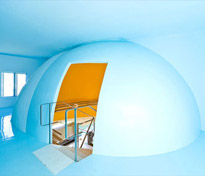 |
While the apparently metallic and impregnable exteriors are opaque, the interiors of these boxes, painted in different colors, have an almost theatrical quality: in their white working coats, researches float in a continuous blue, yellow or green, cut out against a contrasting color. Sometimes, when one of the exterior panels reveals itself as a window, these interiors can be guessed from the outside.
Maybe elsewhere this project would have been built using sophisticated technologies for the customized production of specific parts according to the complex geometry of the spheres. Here, this geometry had to be translated from formal and spatial logics into a simple, almost colloquial constructive logic, which allowed local construction builders to build the foamy space by means of the physical intersection of semi-spherical domes assembled with arches and rings of steel rods.
The final result is a series of unified contrast: metallic, glossy exterior, with and against brilliant, colorful interiors, the abstract planes of the exterior boxes, with and against the exuberance of the connected spheres. It may be that the strength of this project results from this play of opposites that, in a dynamic way and depending on the observer position, can be dominant in a moment and discrete the next one. Industrial building recovers that way, re-thought and reloaded, part of that which itself gave once to architecture: clarity and force.
Rojkind Arquitectos
1 comment
add comment
Subject
Author
Date
Exelent
Ramon Mercado
25.08.09 05:07
show all comments


